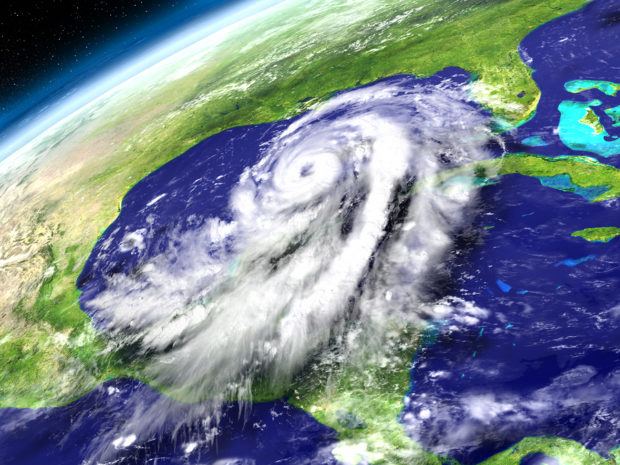Bonds tied to weather risks tumbled the most in four years as Hurricane Matthew lashed Florida. The Swiss Re Cat Bond Price Return Index dropped 1.7 percent last week, the steepest decline since Superstorm Sandy in 2012. The benchmark, which is recalculated every Friday, had climbed 14 straight weeks through Sept. 23.
Investors in the securities get above-market yields in exchange for the risk that principal could be wiped out by a major disaster in a specified area. S&P Global Ratings said 15 catastrophe bonds risk losses from Matthew, including the $1.5 billion Everglades Re, which protects exclusively against losses in Florida.
“There is still a bit of fear and uncertainty with some market participants, with respect to what the ultimate outcome would be,” said Brett Houghton, a managing principal at Fermat Capital Management, which oversees about $5 billion for institutional and high-net-worth investors. “At this point we think those fears are unfounded.”
Matthew weakened to a category 2 hurricane Friday after knocking out power to more than 1 million Florida homes and businesses and leaving hundreds dead in Haiti. The system is forecast to continue moving north off the coasts of Florida and Georgia through late Friday and may make landfall in South Carolina Saturday.
Stock Rebound
Insurers’ shares rebounded Friday after slumping earlier in the week. The S&P 500 Property & Casualty Insurance Index advanced 1.6 percent. Fort Lauderdale, Florida-based Universal Insurance Holdings Inc., which focuses on its home state, jumped 15 percent, but still trailed its closing price from Sept. 30.
“You’re going to have thousands of $5,000 claims,” Rod Fox, the chief executive officer of reinsurance broker TigerRisk Partners, said by phone. “For all the people thinking it was going to be an industry-changing event, it just didn’t happen.”
Still, Matthew could cause as much as $25 billion in economic losses, Chuck Watson, a disaster modeler with Enki Research, said earlier. That would make it one of the costliest hurricanes in U.S. history, according to the National Oceanic and Atmospheric Administration.
U.S. Risks
Approximately 70 percent of outstanding cat bonds are tied to U.S. hurricanes, according to Bill Dubinsky, who leads the insurance-linked securities practice at Willis Towers Watson Plc. Primary insurers use the securities to spread their risks in the capital markets.
The lack of major U.S. hurricanes since Wilma struck Florida in October 2005 helped lure pensions and hedge fund firms to weather-related bets. Also, catastrophe bonds offer returns that aren’t correlated to stock and credit markets.
There are instances in which investors have lost their principal on catastrophe bonds. The first major default was Kamp Re, a $190 million issuance, after Hurricane Katrina in 2005. Six years later, damage from an earthquake in Japan caused $300 million of losses for securities issued by Muteki Ltd.
The cat bond index is often most volatile during the Atlantic hurricane season, which runs June through November.





















 Northern California Flooding This Weekend Caused by Heavy Rain, High Tides
Northern California Flooding This Weekend Caused by Heavy Rain, High Tides  Insurance Costs, Climate Concerns Factor Heavily in U.S. Home Buying Decisions
Insurance Costs, Climate Concerns Factor Heavily in U.S. Home Buying Decisions  Federal Aviation Notice Warned of Slackline Before Deadly Arizona Helicopter Crash
Federal Aviation Notice Warned of Slackline Before Deadly Arizona Helicopter Crash  Nearly Half of 100 Largest P/C Insurers Destroy Value: ACORD
Nearly Half of 100 Largest P/C Insurers Destroy Value: ACORD 








